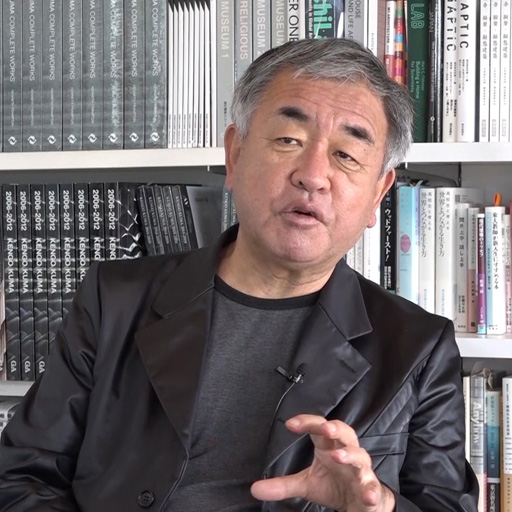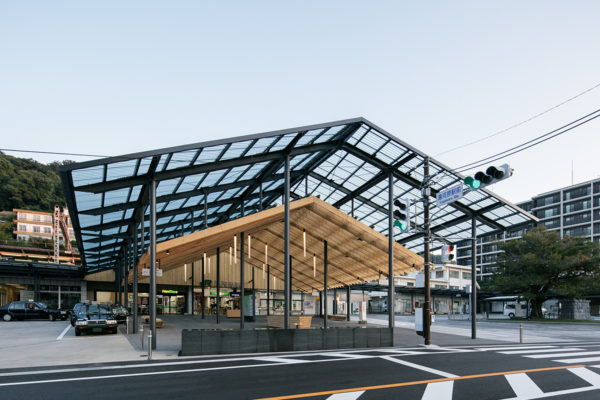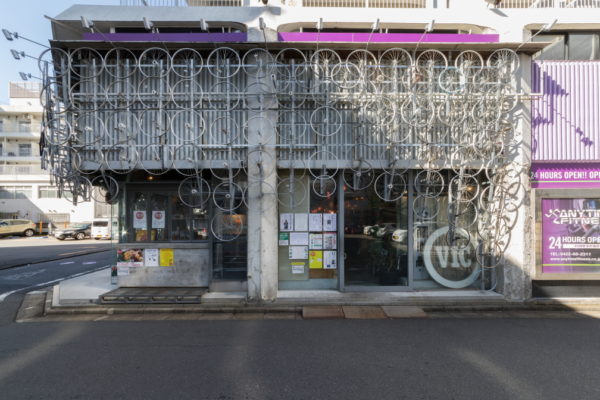#5 December 26, 2017
My last trip in 2017 was for a lecture in Senegal, Africa. This was my first return to an African country since I conducted a field survey in Sahara from December 1979 to January 1980, while studying under Professor Hara at the University of Tokyo. This research trip was a significant experience for me. Throughout Sahel and Savanna, located at the southern end of the desert, I was quite impressed by the settlements appearing almost randomly in the landscape. Venturing to villages deeper into the tropical forest, I was impressed to see homes with rough screens made of natural materials. It was in this somewhat familiar context that I could see the quality of Japanese settlements.
This time I was invited by Raoul Vecchio, an Italian architect who runs an organization to support Senegal, where agriculture is suffering greatly due to climate change. The idyllic, relaxed atmosphere that had been in West Africa 30 years ago had disappeared, and I became depressed when I saw the destructive power of urban sprawl, extending even to West Africa.
I hope that 2018 will be a little brighter year.

ProjectsYugawara Station Square
 We planned the station building as an intermediate area like engawa, which connects railroad and town. Half-open, the engawa is not complete architecturally, and I thought that the station building should be like that, too. Yugawara is one of Japan’s most famous hot springs, but unlike other resorts … Read More
We planned the station building as an intermediate area like engawa, which connects railroad and town. Half-open, the engawa is not complete architecturally, and I thought that the station building should be like that, too. Yugawara is one of Japan’s most famous hot springs, but unlike other resorts … Read MoreProjectsHarmonica Yokocho Mitaka
 We first designed Tetchan Yakitori bar at Harmonica Yokocho Kichijoji (2014) and wanted to inherit the atmosphere of those makeshift barrack streets emerging after the war, still present in Kichijoji. At Tetchan Kichijoji project, the company Nakadai who handles scrap materials helped us with an ide … Read More
We first designed Tetchan Yakitori bar at Harmonica Yokocho Kichijoji (2014) and wanted to inherit the atmosphere of those makeshift barrack streets emerging after the war, still present in Kichijoji. At Tetchan Kichijoji project, the company Nakadai who handles scrap materials helped us with an ide … Read More